Women Inventors
Published in Social Sciences and Electrical & Electronic Engineering

Inventors and their inventions have been key to society, making it possible to improve every aspect of our lives. Take a minute and think about inventors you’ve learned about. We would not be surprised if the names you come up with include Alexander Graham Bell, Thomas Alva Edison, Samuel Colt, Johannes Gutenberg, Jonas Salk, Samuel Morse, Henry Ford, and Leonardo da Vinci. What these inventors have in common is that all are men, but there also have been many women who have invented processes or devices that have had a great impact on our lives.
It is true that men generally hold more patents than women. A 2020 report by the US Patent and Trademark Office noted that the share of women inventors receiving patents in the three preceding years stood at 12.8%, a modest increase from prior years. With all these women inventors, you might expect many of the names on the lists of famous inventors to be a woman, but women are noticeably rare. With this in mind, we set out to learn more about women inventors who have made a significant impact on our lives through technology.
The National Inventors Hall of Fame (NIHF), headquartered in Ohio, was founded 52 years ago. Its mission is “to recognize inventors, promote creativity, and advance the spirit of innovation and entrepreneurship.” Extraordinary inventors whose inventions have had great impact and who hold at least one US patent are honored with induction into NIHF. Of the 624 inductees from its inception through 2023, 53 were women. It is these women we document in our book, Women in the National Inventors Hall of Fame: The First 50 Years.
It is interesting to consider the women in the NIHF based on the era of their inventions. Many, but not all, of the early patents issued to women were for items that were directly connected to what used to be called “women’s work.” For instance, Josephine Cochran invented the dishwasher, Marjorie Joyner the permanent wave machine, and Mary Kies a way to include silk in straw bonnets. By the early 1900s, this focus among the NIHF women had mostly disappeared.
Before the 20th century, the inventions were mostly mechanical or electromechanical and designed to either automate a manual task or to perform a task that had been impossible manually. One example was the invention in 1880 by Margaret Knight of a machine for making flat bottom bags from rolls of paper. Prior to her machine, flat bottom bags required cutting, folding, and gluing by hand. The grocery bags we are so familiar with today are nearly identical in production to what Ms. Knight pioneered.
Another example of an important invention by a woman in the 19th century was Helen Blanchard’s zig-zag sewing machine, patented in 1873. This industrial machine made it possible to prevent fabrics from fraying at the seam. The introduction of industrial sewing machines freed women from the drudgery of clothing production at home.
By the mid-20th century, patents by women inventors were likely to be chemical or electrical in focus, following the improved knowledge in the science of those fields. For instance, Dr. Mary Engle Pennington crowned a long career working on food preservation by developing a means of retarding egg spoilage by injecting carbon dioxide into the egg to help it resist bacterial growth. At the time of this invention, egg losses through spoilage were over $1.5 billion annually (in today’s dollar value).
Another example from the mid-20th century is the frequency-hopping patent of Hedy Lamarr (yes, that Hedy Lamarr), granted in 1942. Her work was intended to prevent the enemy from hacking into the guidance of torpedo paths. Her work using constantly changing frequencies to send messages to the torpedo is the foundation for all standard wireless communication today.
Toward the latter part of the 1900s, women inventors often relied on their knowledge of materials science. For instance, Dr. Stephanie Kwolek was granted the patent for Kevlar in 1974. The material is best known for its use in bulletproof vests, which have saved the lives of countless public service officers. Dr. Esther Takeuchi invented the lithium-silver-vanadium oxide battery that is routinely used in cardiac defibrillators worldwide, another invention credited with saving countless lives.
By the start of the 21st century, computers and biochemistry were leading the way in inquiry and patents. For instance, Dr. Marian Croak invented voice over internet protocol (VoIP), which has become the backbone of all video and audio conferencing programs. Dr. Chieko Asakawa invented a reader that turns webpages into verbal communication for the blind and visually impaired.
In the biochemistry area, one of the recent patents by NIHF women includes modified mRNA technology by Nobel Prize winner, Dr. Katalin Karikó. It was this technology that led to the rapid development of a vaccine for COVID-19. Additionally, Nobel Prize winners Jennifer Doudna and Emmanuelle Charpentier invented CRISPR, the technology that allows editing of the human genome. This has already led to a potential cure for patients with sickle cell disease.
We fully expect women to become an increasingly important segment of the patent arena and look forward to seeing them recognized at the same level as their male counterparts.
Learn more about these women in the book "Women in the National Inventors Hall of Fame"at https://link.springer.com/book/10.1007/978-3-031-75526-2
Bios:
Ilene Busch-Vishniac is an acoustician and mechanical engineer with a long history in academia. After serving on the faculty at The University of Texas at Austin, she became Dean of the Whiting School of Engineering at Johns Hopkins University, then Provost and Vice President, Academic at McMaster University, and finally President and Vice Chancellor at the University of Saskatchewan. After retiring from academia, she helped establish a company spinning out of research at Johns Hopkins University and began consulting on higher education and acoustics issues. In her research area, she is known for her work on noise control, sensor and actuator design, and diversity in STEM fields.
Lauren Busch is an Operations Research Analyst focusing on mathematical modeling. She has created Monte Carlo simulations of Naval weapons systems, optimized routing systems for a chemical manufacturer, and developed forecasting models for the Department of Energy. She is a co-author of Women in the National Inventors Hall of Fame: The First 50 Years. Ms. Busch holds a BS in Systems Science and Mathematics from Washington University in St. Louis and an MS in Operations Research from George Washington University. Having officially retired from Leidos, Inc., Busch was excited to be asked to be involved in writing this book to highlight the accomplishments of women inventors.
Jill S. Tietjen, P.E. is an author, international speaker, and electrical engineer. After more than 45 years in the electric utility industry, her primary focus is on advocacy for women worldwide and writing women into history. She has co-authored two best-selling and award-winning books Her Story: A Timeline of the Women Who Changed America and Hollywood: Her Story, An Illustrated History of Women and the Movies. Her 2022 award-winning book is titled Over, Under, Around, and Through: How Hall of Famers Surmount Obstacles. In 2024, her memoir of Dr. Antonia Novello, the first female and first Hispanic United States Surgeon General, was published in both English (Duty Calls) and Spanish-language versions (Cuando El Deber Llama). She is the series editor for the Springer Women in Engineering and Science series, has authored two volumes in the series, co-authored several volumes, served as co volume editor for other volumes, and written chapters for a number of volumes. She is the President and CEO of Technically Speaking, Inc. of Greenwood Village, Colorado, USA. Tietjen is a graduate of the University of Virginia (B.S., Tau Beta Pi, Virginia Alpha) and the University of North Carolina at Charlotte (MBA). She sits on the Board of Directors of Georgia Transmission Corporation of Tucker, Georgia. Tietjen has received numerous honors and has been inducted into the Colorado Women’s Hall of Fame, the Colorado Authors’ Hall of Fame and elected to the National Academy of Construction. She is a licensed professional engineer in Colorado.
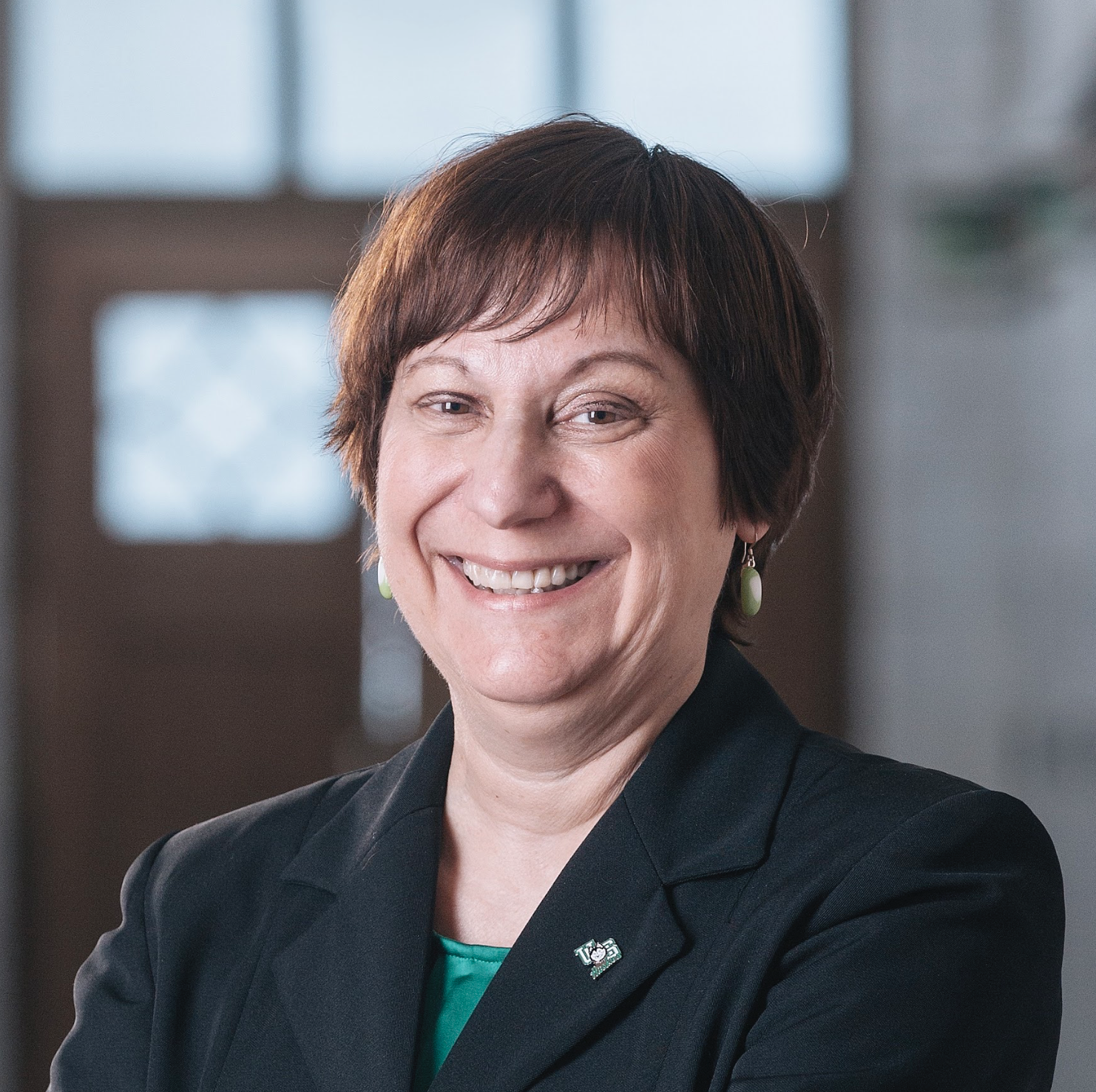
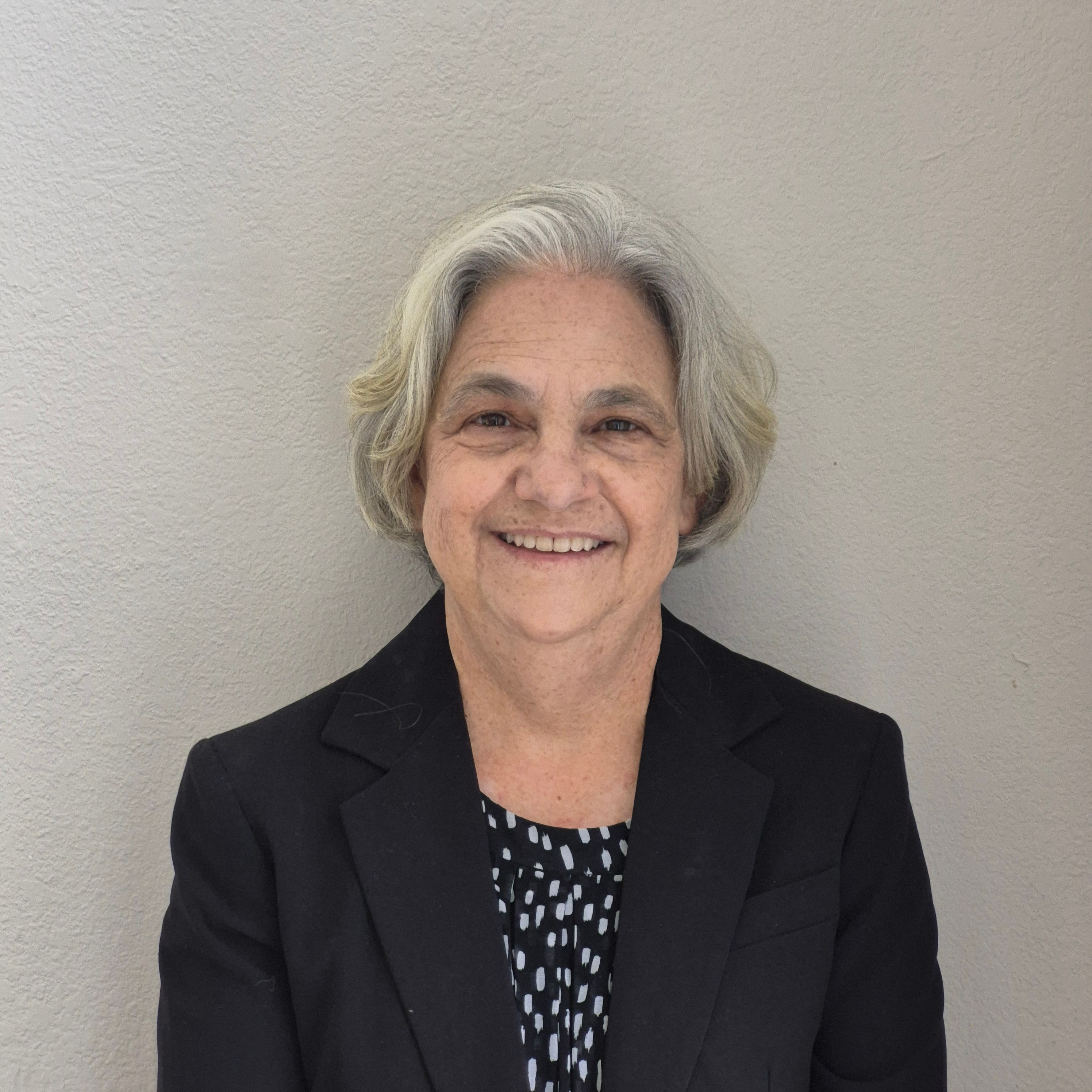
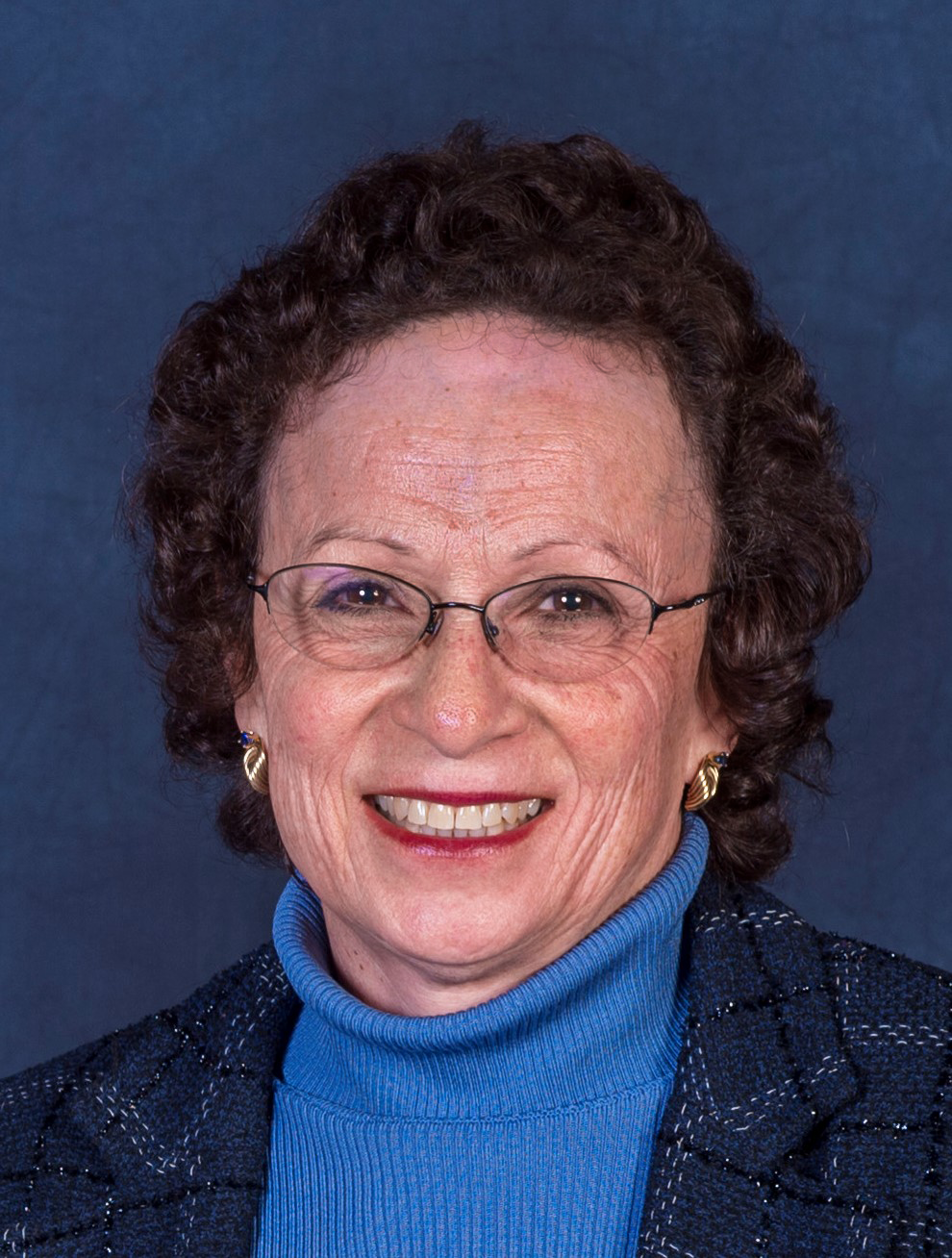



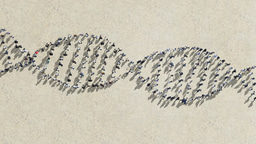

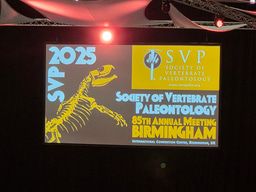
Please sign in or register for FREE
If you are a registered user on Research Communities by Springer Nature, please sign in